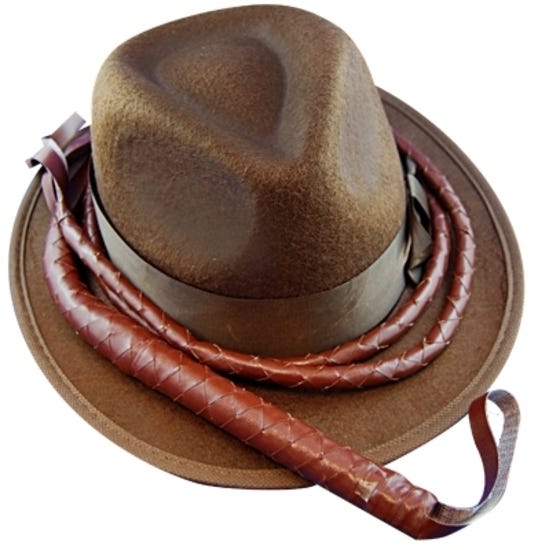Invisible
Note: You may want to watch Indiana Jones and the Dial of Destiny before reading further.
Raiders of the Lost Ark opened when I was ten years old and I remember the first three films in the Indiana Jones franchise with great fondness. (The fourth, not so much, so let’s just avoid it for now.) A glimpse of a brown fedora and a braided whip invokes the first brass notes of John Williams’ famous Raider’s March in my imagination and I am ready for adventure.
Adding Phoebe Waller-Bridge to the mix only increases my intrigue. I loved her work on Fleabag. It deserved every award it received. In addition to being a great actress, Waller-Bridge is a phenomenal screenwriter with multiple producing credits. She has her own production company and I have tremendous respect for her work.
So, I went to see Indiana Jones and the Dial of Destiny expecting to enjoy the film. After all, it appeared that the torch would be passed to a strong female character and I’m completely in favor of that. The one liners and references to other films in the series made me smile. However, about halfway through the film I became obsessed not with what was in the movie but what was missing. More specifically, WHO was missing. Two weeks later, it is still on my mind.
Dial of Destiny contains men of every age, shape and size. Lots of them. This has always been part of the action genre, and as a younger person I accepted that movies were primarily about men with women generally playing supporting roles and set dressing. In this case, there are two strong, young women included in the story. Hurray! This is progress! What bothers me is that women my age are missing from the action. Where are the women who are past what society deems their prime, the ones who, like the men in these stories, are wrinkled, gray and heavier than they were in their twenties and thirties? I realize the story is historical fiction and historically, women my age may not have been represented in every dusty street scene. But, middle-aged women were not simply non-existent. Furthermore, if we are going to play with history to create more diverse, inclusive fiction (and I support this idea wholeheartedly) then I want to be included. Whether or not it’s historically accurate isn’t even the point. I’m not interested in supporting a multi-billion-dollar industry that makes me feel invisible.
Stories are how we learn other perspectives, how we live other people’s experiences. They have the power to confirm or deny our subconsciously embedded self-worth. In some cases, they inspire us to greatness. So, screenwriters, directors and producers: inspire me to live a life of adventure now. In this moment and from here forward. At 52 and beyond.
Surely, you can do better.
Please tap the heart at the top or bottom of this page to like my work!


